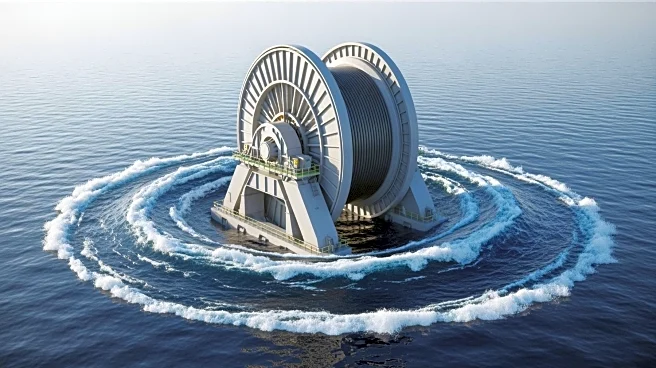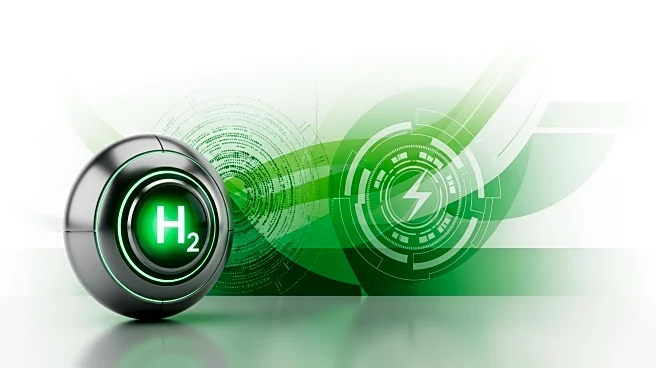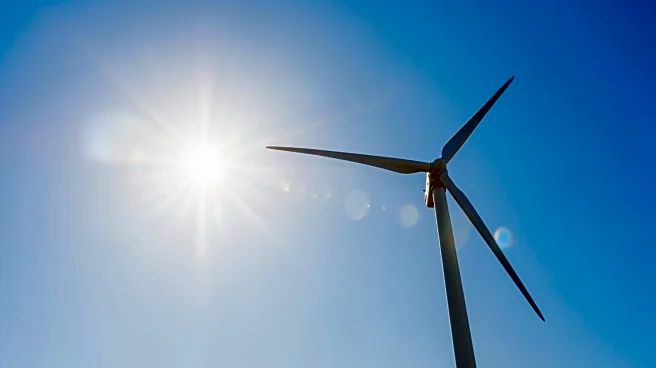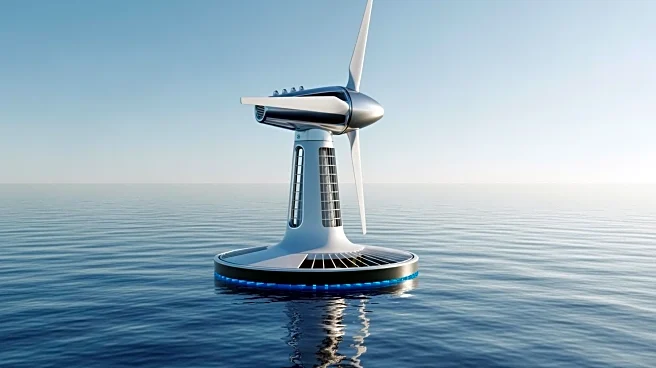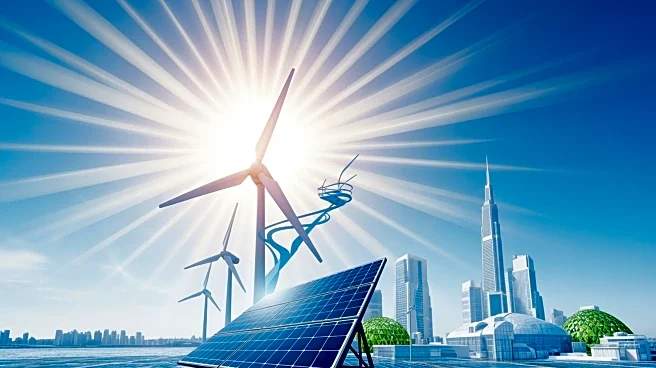What's Happening?
Several Chinese capital projects related to green hydrogen have been paused due to unstable demand for green hydrogen and its derived fuels. According to a report by China's National Energy Administration, while over 600 green hydrogen projects were planned,
only 90 have been completed, with many facing delays. The report highlights risks in distribution infrastructure and high capital expenditure costs as significant barriers. To address these issues, China has introduced a national subsidy for green hydrogen investment, aiming to stimulate demand, particularly in the transportation sector.
Why It's Important?
The delay in Chinese green hydrogen projects has significant implications for global energy markets, particularly as China is a major player in clean energy production. The instability in demand and the associated project delays could impact global efforts to transition to renewable energy sources. The introduction of subsidies may help mitigate these challenges by reducing costs and encouraging investment, potentially leading to increased adoption of green hydrogen technologies. This development is crucial for industries reliant on sustainable energy solutions and could influence global energy policies.
What's Next?
China's new subsidy policy is expected to unlock demand barriers and accelerate the completion of green hydrogen projects. The focus will likely be on enhancing distribution infrastructure and reducing capital costs. Observers anticipate that this move will prepare China for a net-zero future, with potential ripple effects on international energy markets. Stakeholders in the renewable energy sector will be closely monitoring the impact of these subsidies on project completion rates and overall market stability.


